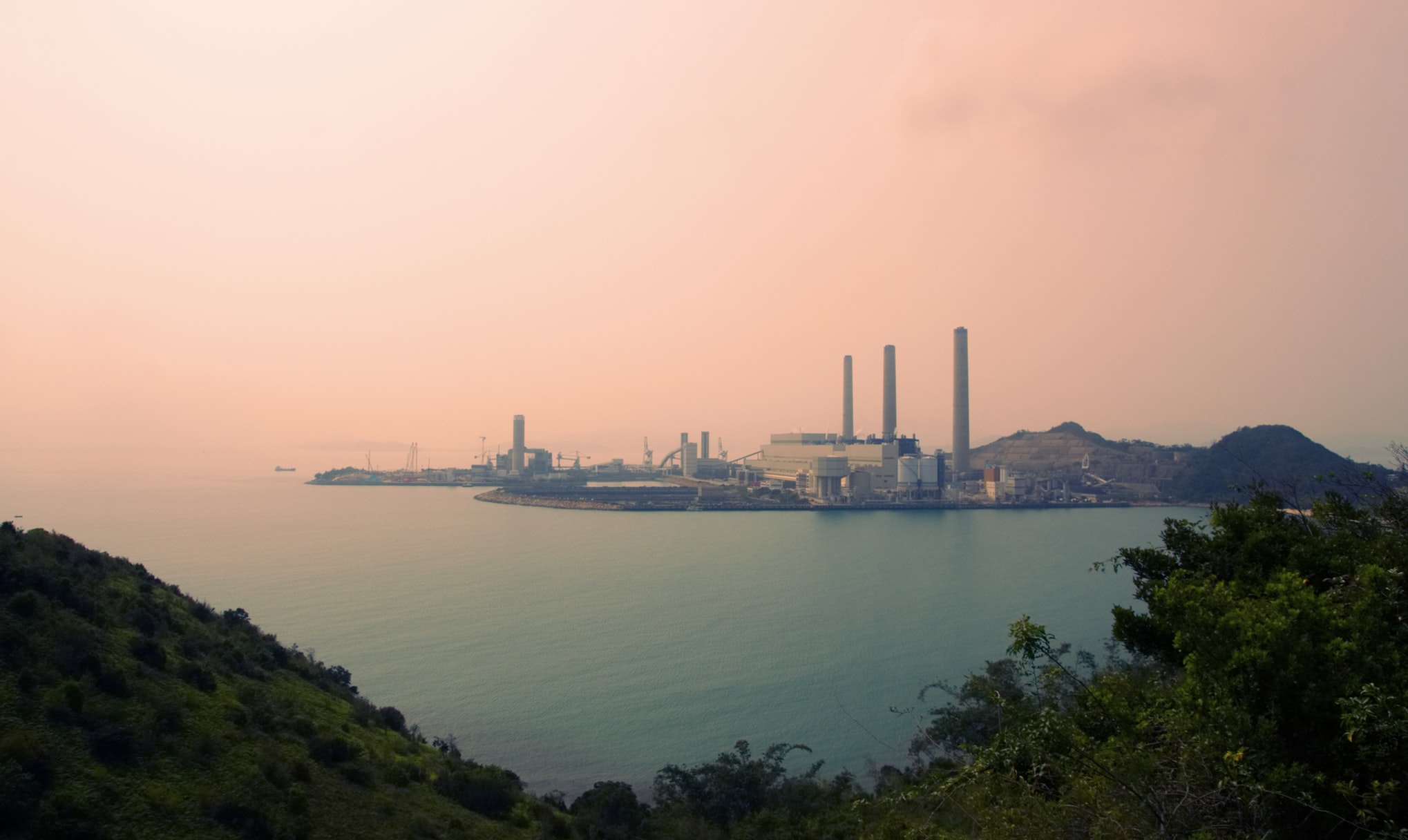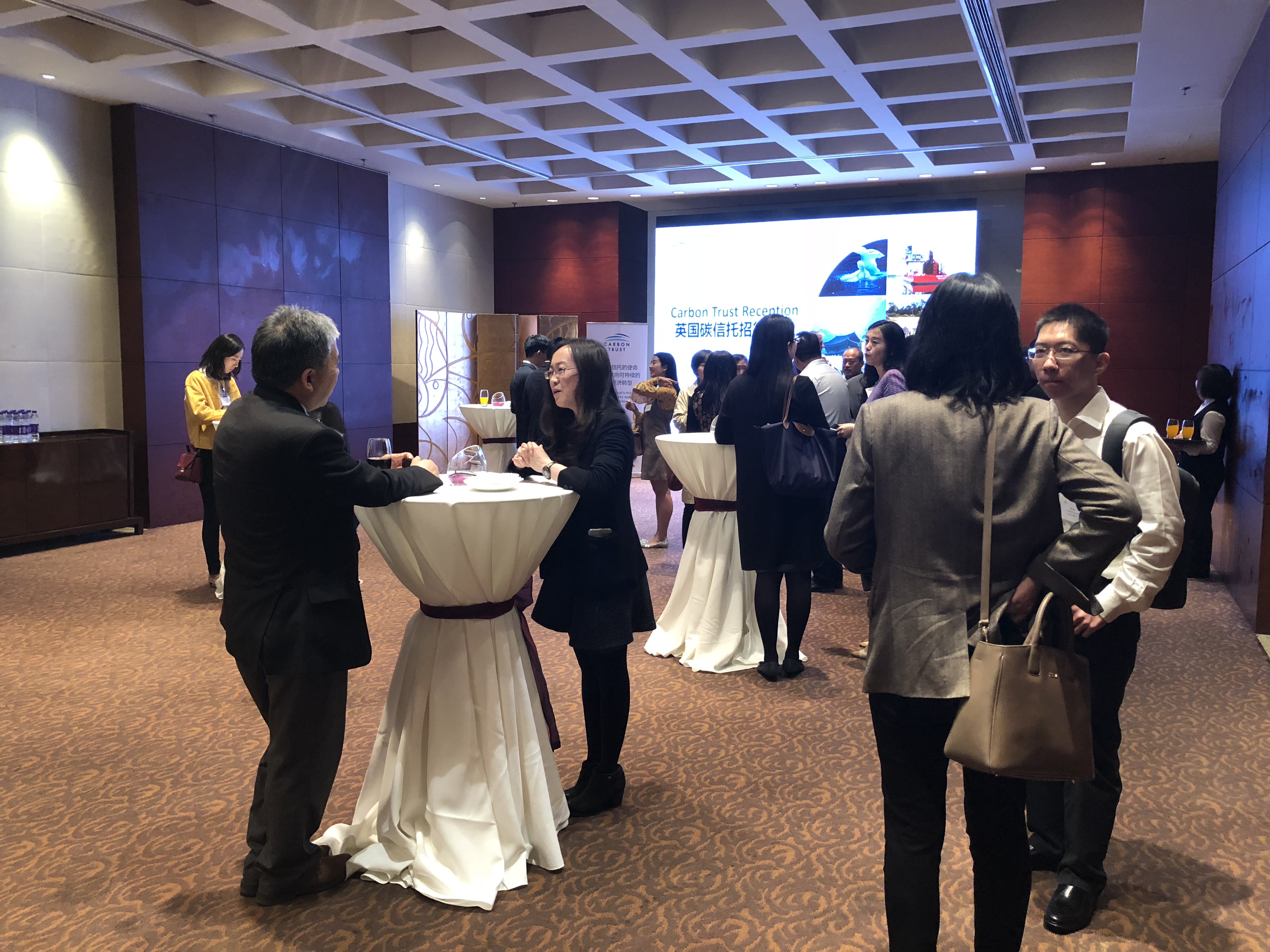Tingyu He: Accelerating industrial energy efficiency in China and beyond
With a focus on linking financial incentives to energy efficient technology, Tingyu He of the Carbon Trust is investigating the potential to accelerate industrial energy efficiency in China and throughout the country’s Belt and Road Initiative.
Name: Tingyu He
Position and organization: Carbon Trust Analyst based in Beijing
Tell us about your career.
I am an analyst in the Carbon Trust’s Beijing office, working as an energy policy expert to engage with various global projects in energy efficiency, energy conservation and renewable energy. Prior to joining Carbon Trust, I worked with the C40 Cities Climate Leadership Group as a city advisor for Shenzhen where I contributed to sustainable development case studies and reports, including: Shenzhen’s private low-emission vehicle incentive plan and Shenzhen’s electric vehicle (EV) battery recycling roadmap.
How did you come to specialise in energy efficiency and why are you passionate about it?
As I gained more experience working in low-carbon and sustainable development projects, I began to realize that having a solid and effective energy efficiency program in a country like China is not just a ‘trendy’ thing to do, it’s a necessity. Despite this, in China, many energy companies are still hesitant about making the transition into energy efficiency even though it can reduce fuel costs. I became driven to work on energy efficiency because I want to help China with this transition.
What are you currently working on?
I am leading the implementation of the Industrial Energy Accelerator’s work here in China. We started with assessing and analysing the barriers and opportunities to accelerate industrial energy efficiency in China through a diagnostics process. Based on this analysis, we decided it would be strategic to focus on the promotion of technology and supportive financial mechanisms in the industrial energy efficiency space.
China is such a large and important industrial country. Where and how do you start promoting efficient technology to industries?
We are starting with a low carbon and energy saving technology list known as a ‘technology catalogue,’ which is compiled by the China National Development and Reform Commission (NDRC) each year to advise companies and industrial energy users on how best they can upgrade their equipment and technology. We hope to use this existing channel to improve information sharing and awareness around industrial energy efficiency systems and technology. Currently the NDRC technology catalogue is mostly geared toward high intensity energy users and it is not linked to any existing financial incentives or policy rewards which can enable faster uptake of efficient technology.
Lamma Power Station in Hong Kong. Photo: Ben Tatlow/Unsplash.
According to the International Energy Agency, China has managed to significantly improve energy efficiency in its industrial sector. The country is often referred to as ‘the world heavyweight’ when it comes to making progress on energy efficiency. What else could China do to maintain its progress in industrial energy efficiency?
There is still a lot China can do when it comes to generating awareness around industrial energy efficient technology and the potential of industrial energy efficiency, especially among small-medium enterprises (SMEs) which make up the majority of China’s huge industrial sector. For example, there are no real financial mechanisms that encourage the adoption or upgrade to more efficient technologies. In other countries there are tax incentives for companies which choose to invest in energy efficiency. Through the Accelerator we hope to support the Chinese Government with research and comparison analysis from the approaches of other countries around the world.
Are tax incentives, and other financial mechanisms that encourage best practice, common in China?
Financial incentives are commonly used in China, but we use different standards and measures to issue the financial rewards. In many countries, if you buy energy efficient technology or equipment you just need to provide a receipt of purchase to claim your tax benefit. But in China, the company needs to achieve a predetermined emissions reduction or energy savings measure, verified by a third party, in order to receive a tax break. So the incentives are based on performance. Through the Accelerator we want to investigate and encourage a model where financial incentives can be tied directly to investment in energy efficient technology.
Tingyu participates in a Carbon Trust networking event in China.
What kind of technology could help to improve energy efficiency in China?
Without being too specific on the types of equipment or technology which should be promoted further in the energy-saving technology catalogue, we would like to see more common and cost effective technologies promoted which could be used particularly by SMEs. Currently, most of the technology promoted by the government in the catalogue is actually quite complicated and is more suited for energy intensive enterprises rather than SMEs. It’s often quite difficult for SMEs to access the finance needed to invest in complicated technology. Many are unable to provide sufficient information required by financial institutions, which results in increased financial risks and costs.So we need to promote more accessible options and opportunities for SMEs.
Beyond promoting efficient technology what else does the Accelerator hope to achieve in China?
Aside from the energy technology catalogue, we also see a big opportunity to encourage China to promote and use its energy efficient innovations abroad, especially in projects and countries involved in the Belt and Road Initiative. First we plan to start with a region, like Southeast Asia, to understand the demands and development needs of those countries and how energy efficient technology from China could be prioritised. We are currently inspired by the work of the European Bank for Reconstruction and Development, which provides incentives to companies that have a tangible impact on the potential for low carbon development in the European region. Basically we would like to design something similar in Asia via China’s Belt and Road Initiative.
Views from the field.The Industrial Energy Accelerator works on the ground to rally government, business and finance around efficient solutions in some of the world’s most energy intensive nations. This month, the Accelerator interviewed our in-country experts about what we stand to gain from industrial energy efficiency, and what needs to be done to make this invisible climate solution a reality.


